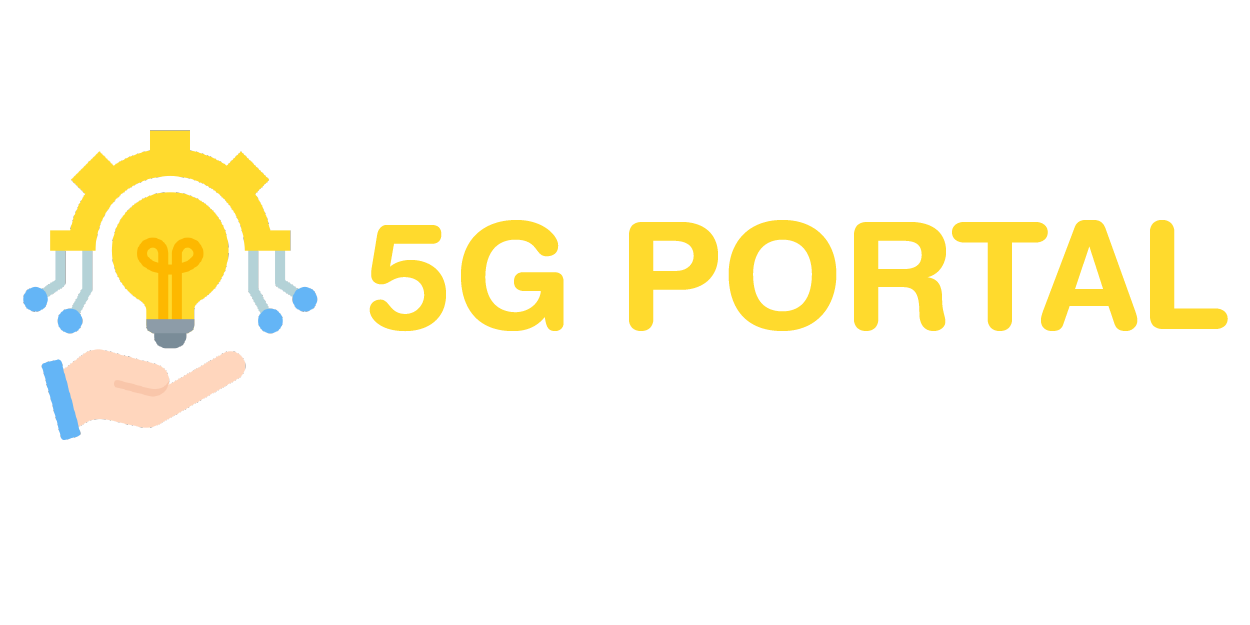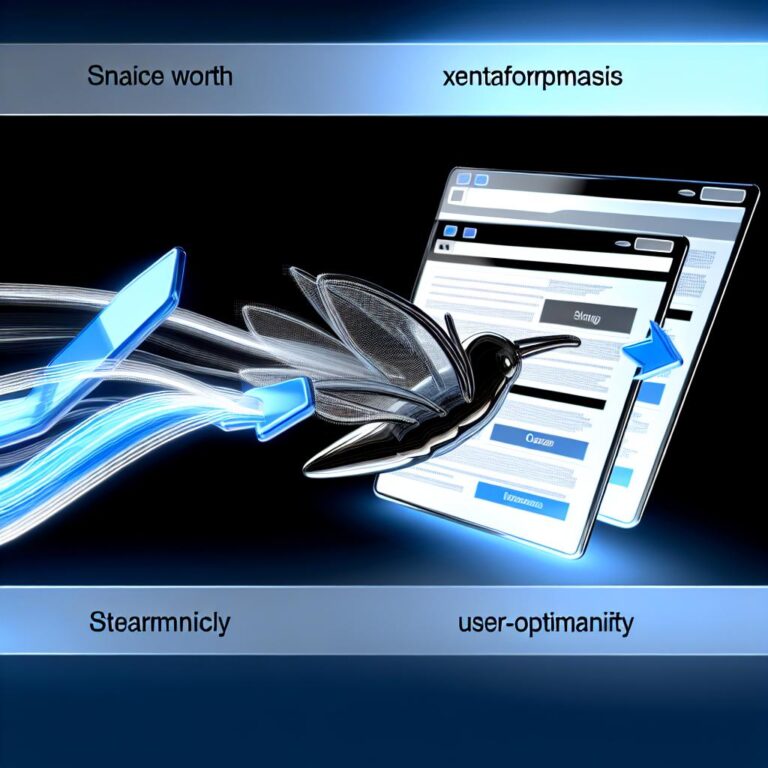Make your own apps with nocode: Is it for you?

- Top no-code app builders for 2025 include Softr and Bubble, among others.
- Softr: Ideal for beginners; user-friendly; offers templates; Free plan available, paid plans start at $59 per month.
- Bubble: Balances power with ease; suitable for complex apps; Free plan available, paid plans start at $32 per month.
- Other notable platforms: Zapier Interfaces, Glide, Bildr, Backendless, FlutterFlow with Firebase, WeWeb with Xano.
- Glide: Focuses on simple mobile apps; integrates with spreadsheets.
- FlutterFlow: Visual design with Firebase integration; builds multi-platform apps.
- No-code platforms have advantages in democratizing app creation and supporting innovation; they automate tasks and streamline business operations.
- Challenges include limited customization and managing complex data.
- Platforms are evolving with cutting-edge technologies like AI and machine learning, adapting to industry changes.
Are you an aspiring app creator looking to dive into the world of technology without writing a single line of code? Welcome to the era of no-code app builders that empower tech enthusiasts to bring their ideas to life. But is it the right choice for you? In this blog, I will walk you through popular tools and platforms of 2025, highlighting their advantages, challenges, and business applications. Let’s explore how no-code platforms can transform your tech goals into reality.
What Are the Top No-Code App Builders for 2025?

Have you ever wanted to make your own app without knowing how to code? You’re not alone, and that’s why no-code tools are gaining massive popularity. They enable almost anyone to create apps without programming knowledge. After researching over 100 platforms, I've identified the top no-code app builders for 2025 that can help you achieve your app-building goals. The best no-code platforms include Softr, Bubble, and more.
Why Choose Softr for Beginners?
If you're new to the no-code world, starting with Softr might be the right move. Softr is known for its user-friendly interface that’s perfect for beginners. Imagine dragging and dropping elements to build beautiful apps. Softr provides a library of templates, helping you hit the ground running with the app-making process. These templates cover various needs, from personal blogs to full-fledged business sites.
Pricing is crucial when choosing a no-code tool, and Softr offers something for every budget. Softr's Free plan is a great way to start exploring. More features come with paid plans, starting at $59 per month. As your app grows, you might explore these premium options for more customizations.
How Does Bubble Balance Power with Ease of Use?
Bubble is another popular entry in the no-code platforms arena. It’s known for combining powerful features with intuitive user experience. If you’re looking to build complex apps, Bubble could be your ally. It allows you to create a fully functional app without writing a single line of code. With Bubble, you can design user interfaces, set up data structures, and create logic workflows.
Bubble’s learning curve is often steeper than Softr's because of its advanced features. However, paying the effort pays off in the long run. You can get started on Bubble with a Free plan, letting you explore everything it offers. If you need more, premium plans begin at $32 per month. The robust feature set makes it ideal for anyone who needs powerful tools to bring a business idea to life.
Other noteworthy no-code app builders for 2025 worth a look are Zapier Interfaces, Glide, Bildr, Backendless, FlutterFlow with Firebase, and WeWeb with Xano. They each offer unique strengths to match different needs. Whether you are automating tasks, building mobile apps, or managing data, these platforms have something to offer. The focus on flexibility and ease of use makes these tools perfect for first-time builders and seasoned developers.
In closing, no-code is not just a trend, it's a revolution. These platforms allow more people to create and innovate. With Softr and Bubble leading the way, you have the support you need to turn your app ideas into reality. Choose the right tool for your skill level and project needs, and let your creativity shine.
How Can You Build Apps Without Coding Knowledge?

Creating apps without writing code feels like magic, doesn’t it? But it's real, thanks to the rise of no-code tools. These platforms enable almost anyone to turn an idea into a functional app. Let’s break down the process and see if working without code is for you.
What Does the No-Code Building Process Entail?
Imagine building a house with LEGO bricks. Each brick has a defined shape and purpose, and you snap them together to create your structure. No-code app building works much the same way. One of the first steps involves structuring databases effectively. This means organizing all the data your app needs, like user details or product info, in a structured way. This ensures that your app processes and displays data correctly.
Next, you compose user interfaces with no-code tools. You pick and place different elements, like buttons and text boxes, into your design. You can customize these elements to align with your brand colors or specific functions. It’s like painting a picture where all your design tools are readily available.
Most no-code tools operate by structuring databases, composing user interfaces, and building logic workflows. Logic workflows link up how your app reacts to user activity. Think of them as the rules your app follows: like what happens when someone clicks a button.
Which Platforms Are Best for Mobile App Creation?
When it comes to building apps without programming, you have several excellent platforms to choose from. Among them, Glide stands out for its ease. Glide focuses on making simple mobile apps that still look professional. It's user-friendly, even for kids, and beginners can see results quickly.
Glide offers features like spreadsheet integration, which aligns with how most of us track data. This makes it handy and brings several benefits for small projects or single-use apps. You can start for free, and move to premium plans as your app scales.
Then there’s FlutterFlow. This platform packs a punch by using visual app design with its rich integration with Firebase. Firebase is a suite of backend tools which helps manage data effectively. This means you get real-time databases, authentication, and more with FlutterFlow.
With FlutterFlow, you build for multiple platforms at once. This means your app can be used on Android, iOS, or the web, broadening your reach. It offers extensible code, so if you feel ready to try some coding tweaks, the option is there. After starting on a free plan, you can explore paid options with more features.
All these tools illustrate the no-code magic. Platforms like Glide and FlutterFlow show how powerful app development without coding truly is. Whether you want a simple app or a multi-platform giant, no-code fits the bill.
When you use these platforms, you're not straying into the unknown. They come with robust help guides and supportive communities eager to answer questions. Plus, plenty of tutorials online give step-by-step instructions for popular use cases like setting up Firebase or designing in Glide.
So, whether you’re designing a new shopping app or making a clever quiz app, no-code platforms offer a feel of creativity without the coding burden. Dive in and see which tool ticks your boxes today. Remember, each click brings you closer to your app dream, without a single line of code.
What Are the Advantages and Challenges of No-Code Platforms?

What Challenges Might You Face Using No-Code Tools?
Using no-code tools can seem easy at first, but there are challenges. One main issue is the learning curve. Even though you don't code, understanding how to connect elements in an app takes time. This differs from traditional coding, which provides more control and customization. With traditional coding, you can create complex functions without limits, though it requires coding knowledge.
No-code platforms use templates and visual builders to simplify development. Yet, they may limit complex functionalities. You might find that certain features can’t be built without using advanced coding. This can make it tricky if you need a very specific solution. In traditional coding, you can write custom code for these specifics. No-code tools rely on predefined structures. Adaptability might become an issue if your app demands unique features.
Managing complex data processes can also be a problem. No-code tools handle basic data management well but struggle with complex logic. For complex calculations or actions, you might need to integrate other services. With traditional coding, you can tailor data processes with custom logic. This provides flexibility due to direct coding, enhancing complex data management capabilities.
Support and community resources vary greatly between platforms. Some no-code platforms have vast user communities and extensive documentation. However, finding help might be harder for less popular tools. With traditional coding, larger frameworks often have rich support networks. These offer tutorials, forums, and official documentations. They depend on established programming languages and tools.
How Can No-Code Platforms Drive Innovation?
No-code platforms have sparked innovation across various fields. They allow anyone to create apps without deep knowledge of coding. This is crucial for small teams or individual creators. It democratizes app creation, bringing fresh ideas to life fast. Businesses can quickly test new concepts, adapting them on the fly. This saves time and resources, hastening innovation cycles.
These platforms have transformed industries by enabling faster iterations. Real-world applications show us how versatile no-code tools can be. Healthcare professionals, for instance, have built patient intake forms without IT help. Marketers can create client feedback apps to collect data easily. Using no-code platforms helps quickly solve industry-specific problems. Businesses from various fields now solve problems more directly and effectively.
Integration with third-party services expands the functionality of no-code apps. Many no-code platforms connect with tools like Zapier to automate processes. With integrations, your app can access more functionalities through existing services. This feature is essential for creating seamless experiences for users without coding. It allows apps to connect with other systems efficiently. Integration maximizes productivity, tapping into external platforms' strengths.
No-code platforms balance ease with power, opening new possibilities. They provide unique ways to innovate and streamline how apps are built. The landscape of development is changing, thanks to no-code technology.
How Do No-Code Solutions Support Business Needs?

Using no-code platforms can transform how businesses operate. These tools help businesses automate tasks and streamline processes. Now, companies do not need a dedicated IT team for many tasks. This can save time and money while increasing efficiency. For example, imagine a startup that needs an app to manage customer data. With no-code, they can build this app without hiring programmers. Established businesses can use no-code to improve existing workflows or create new ones.
How Can Businesses Benefit from Using No-Code Apps?
No-code apps allow businesses to automate their processes in ways they never could before. Think of an office that deals with lots of forms. A no-code app can turn this chaos into order by automating forms and data entry. This cuts down on errors and saves staff time. No-code tools can streamline operations, letting employees focus on tasks that need human input. For example, startups are using no-code platforms to test ideas quickly. This means they can get their products to market faster, giving them a competitive edge. Established businesses can also benefit from no-code by integrating new systems with old ones seamlessly. It enhances their operations without overhauling everything.
Consider Zapier, a popular no-code tool. It connects different apps to work together in a new way. This integration can automate simple tasks like sending emails or updating spreadsheets. Businesses no longer have to switch between apps to complete a task. They let Zapier do it, saving precious time and reducing human error.
What Are Effective Strategies for Implementing No-Code?
Starting with no-code tools can seem daunting, but there are strategies to ease the transition. For beginners, start small. Choose a task you perform often, like sending out emails or managing inventory. Then, test it through a no-code platform. This allows you to learn the tool's features gradually. Many no-code platforms like Softr offer templates for easy starts. These templates offer solutions to common business problems without complex coding.
For intermediate users, focus on creating workflows that automate multiple steps. You can build more complex apps that address specific needs. Think about how you can scale operations as your business grows. No-code tools like Bubble allow building robust prototypes. These can evolve into fully functional apps over time.
Long-term strategizing with no-code involves understanding how scalable the platform is. Plan for scaling your app as your operations grow. For instance, if customer data multiplies, ensure your no-code app handles this growth. Platforms like Backendless offer control over data storage and scalability. Making this a part of your strategy can help your business adapt to growing needs.
Scalability also involves planning for app integration with other systems. Choose a no-code platform that supports third-party integrations. This ensures your app seamlessly connects with the other tools you use. As your business grows, this flexibility will become vital. The right no-code strategy can support long-term success by adapting and growing with your business.
Using no-code solutions is like having a virtual assistant capable of evolving. It improves how your business works, and over time, with the proper strategy, it can grow alongside you. This is the magic of no-code: Anyone can use it to create something uniquely supportive of their business needs.
How Are No-Code Platforms Evolving in the Tech Industry?

With the rapid changes in technology, no-code platforms are booming. These tools have transformed the tech world by letting anyone create apps without writing code. But how are they keeping up with the ever-changing tech scene? Let's explore what’s happening.
What Is the Current Trend in No-Code App Building?
The no-code app market has seen huge growth in recent years. It offers a friendly way to bring app ideas to life, opening doors for many who never dreamed of building their own apps. Companies like Softr, Bubble, and Glide are leading this surge. They provide tools that make creating apps as simple as dragging and dropping various elements.
Why is this happening? The precision in the no-code space comes from an understanding of user needs. As more businesses look for tech solutions that save time, no-code platforms fit the bill. Users, from small startups to well-known companies, want to stay updated on no-code trends. These tools help them adapt without needing a team of programmers.
The future of no-code development looks promising, with more features and integrations. Experts predict these platforms will soon support even more complex applications. Expect richer functionalities and smoother user interfaces, pushing the boundaries of what no-code can achieve.
How Do No-Code Tools Adapt to Changing Technology?
Change is constant in technology, and no-code platforms are evolving fast too. For example, tools like FlutterFlow with Firebase are at the cutting edge. They offer ways to build for multiple platforms, which is crucial as mobile devices and web interfaces become more varied and sophisticated.
No-code tools must evolve continually. Developers create new ways to integrate cutting-edge tech, like AI and machine learning, into these platforms. This adaptability ensures they meet industry demands.
To stay relevant, no-code tools are expanding their capabilities. They now allow for more integrations with services that enhance app functionalities. Making these tools more inclusive and suited to the latest tech changes keeps them vital in this fast-paced industry.
The adaptability of no-code solutions ensures they remain a smart choice for many businesses. By integrating new technologies seamlessly, they continue to offer a handy solution for app creation. This way, even non-coders can develop advanced applications that meet modern needs.
As no-code evolves, it keeps pace with industry's shifting demands by improving its offerings. The blend of user-friendly design and tech innovation solidifies its place as a crucial tool in today’s digital landscape.
These no-code tools are getting better each year, with constant updates and innovations. They provide a viable way to build tech without having to dive deep into code. Adapting to change makes them one of the most promising solutions for many people looking to build apps today. Consider exploring more on this journey with platforms like FlutterFlow and Softr which offer a range of features for different needs.
For those interested in more in-depth insights and advice, one resource to consider is Coaching No-Code Apps. They offer assistance and guidance tailored to help even the newest app creators thrive in this growing landscape.
Conclusion
No-code app builders are reshaping the tech world. They've made app creation simple, even for beginners. Softr and Bubble offer unique features for app development. You can build apps without coding by using visual tools, which open doors for innovation. However, challenges like learning curves exist, yet no-code can streamline business processes and drive growth. Companies are using no-code to become more agile and efficient. The future of no-code is promising, evolving with the latest tech trends and innovations. Embrace no-code to stay ahead in the competitive tech landscape.






